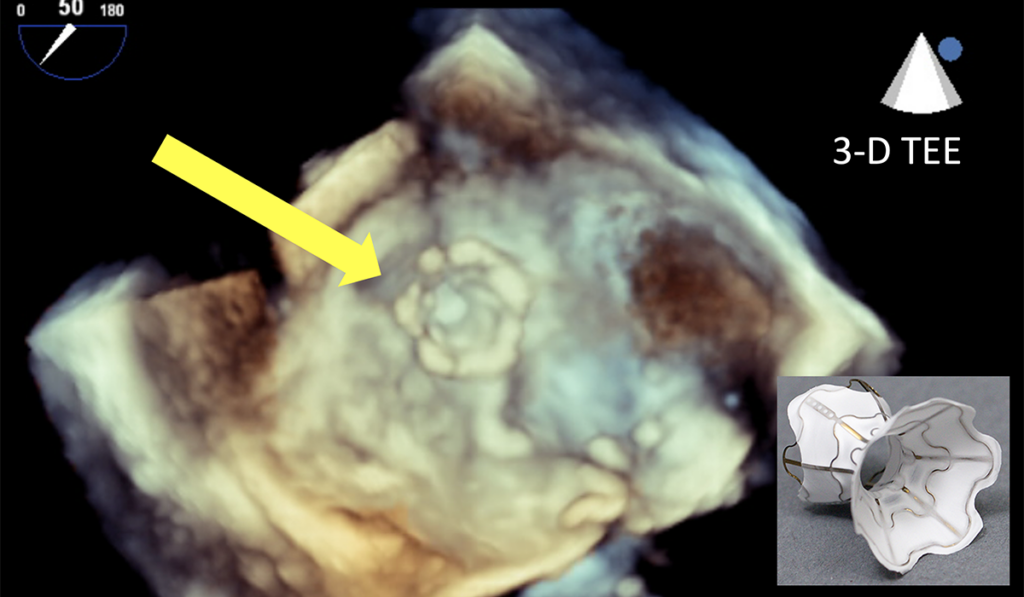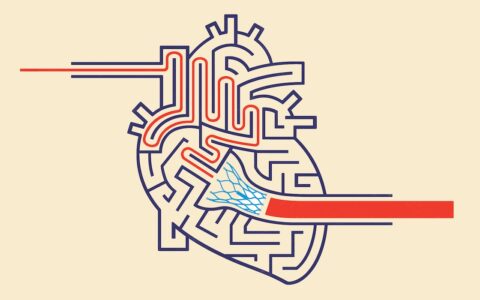A global clinical trial is investigating if an interatrial shunt could represent a new option to relieve left atrial hypertension caused by chronic heart failure. The interventional trial will compare safety and efficacy of the V-Wave shunt device to traditional medication management.
“Advanced heart failure patients often experience difficulty breathing and frequent hospitalization due to left-sided congestion. While we normally treat these patients with diuretics and other guideline-directed medical therapies, the device could be another approach that would dramatically shift care models,” said Lynn Punnoose, M.D., an assistant professor of medicine and site investigator on the trial at Vanderbilt University Medical Center.
“The device could be another approach that would dramatically shift care models.”
A Mechanical Approach
The V-Wave shunt is designed to alleviate elevated left atrial pressure in advanced heart failure patients. The hourglass shaped device is implanted via a dedicated delivery catheter across the interatrial septum.
“The device is a channel that allows blood flow from the left to right atrium,” said Christopher Ellis, M.D., an associate professor of medicine at Vanderbilt. “It’s a potential treatment to prevent blood from backing up into the lungs.”
Last month, Ellis implanted the first V-Wave at Vanderbilt Heart and Vascular Institute into a patient enrolled in the trial. The patient is one of at least 200 expected to receive the device across 89 study sites worldwide. An additional 200 patients will be randomized to receive a diagnostic right heart catheterization and standard of care, but no device.1 Patients and observers are blinded to treatment groups.
Extensive Follow-up
Study participants will be tracked for five years to see who does better — people with the device or those without. Researchers will assess quality of life, dyspnea, heart failure-related hospitalizations and changes in six-minute walk tests, among other outcome measures.
A major goal is to delay disease progression. With significant morbidity, heart failure comprises upwards of 2 percent of total health care expenditures in the U.S. and costs rise accordingly with progression.
Said Ellis, “If they are end stage, that’s when they’re going to end up in our heart failure and transplant program for a left ventricular assist device or transplant.”
A Broad Participant Pool
Punnoose emphasized that the trial is accepting patients regardless of left ventricular ejection fraction. All patients with New York Heart Association class III or ambulatory class IV heart failure are eligible, provided they have at least one related hospitalization within the last year.
“Our hope is that we can identify and improve symptoms in patients and reduce the frequency of hospitalizations by using this device in targeted patients,” Punnoose said. “We are trying to screen and identify the patients who could benefit from this.”





